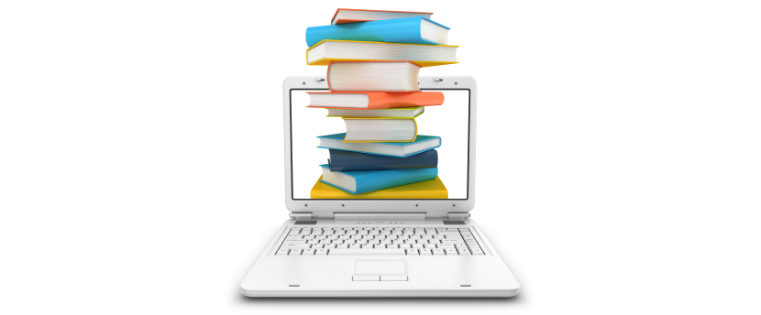Make Books Learner-Friendly by Converting Them to E-Courses Quickly

Books are the cornerstone of a good education system. They are the most basic medium to record and distribute knowledge among the masses. Books have been around for centuries and will not cease to exist in the future. In recent times, technology has drastically changed every aspect of our lives, including the way we learn. This change has been very acute when it comes to organizational learning.
Traditional learning methods such as classroom sessions and physical textbooks have taken a back seat in organizational learning owing to the high level of digitization. But does it mean the books or manuals on software systems, network technicalities, machine maintenance, etc. you developed after putting so much time and effort should lie on shelves collecting dust? That’s why you should consider converting your hardcovers into e-courses to enable your content reach learners in ways they prefer.
By converting your books, you increase the reach of the knowledge stored in them manifold, as learners can access an online course almost anywhere, on a host of smart devices. On top of that, for today’s millennial generation, a digital learning medium yields better results than a conventional one any day. However, converting an entire book to an e-learning course might take up a lot of time and effort if not done the right away. Shared below are some guidelines you can follow to make the conversion process faster and smoother:
Pick Up Book Portions that can be Converted
A book holds comprehensive knowledge of any topic. But when you need to develop an e-learning course, you need to be concise and crisp. Carefully analyze the subject matter of your book based on the various topics and learning objectives of your e-learning, and plan accordingly. Pick sections that can be appropriately converted into standalone e-learning courses or club sections and headings together to create a curriculum that delivers a topic fully.
For e.g. if you are converting a technical manual, then one course can be on specs, another on assembly, then maintenance, and finally safety procedures. If the topics are too small, they can be converted to microlearning courses. Remember your e-learning course cannot have a scope as wide as your books, since you need to make an impact quickly.
Redefine Learning Objectives
Once you divide the book, the next thing you need to do is analyze the content thoroughly. Remember that the digital learning medium is poles apart from a traditional book. Hence, the way it is presented in the book may not work outside it and vice versa. This exercise will help you realize the additional things that you can do with your e-learning course. At the same time, you will also be able to set learning objectives based on the new direction of your digital training program. For e.g., based on whether you are going to use the course for just-in-time learning or full-fledged learning, the objectives will change accordingly.
Formulate a Strategy
Every subject is taught in a different manner. Some topics are best conveyed through scenario-based content, some through videos, some through interactive games, and some through simulations. That’s why you need to form an overall learning strategy that clearly sets the learning approach to be adapted to tackle the subject. Identify the different learning strategies you can use to convey each topic in the most effective manner. If you figure this out early on, you will get a clear picture of the budget and the time it is going to take for the entire conversion process.
Include Multimedia Elements
One of the strongest aspects of an e-learning course is the multimedia element. Employees learn a lot quicker through multimedia elements compared to just plain text. Incorporating as many of them in your e-learning course allows you to keep the course duration down. Images, videos, infographics, games, audio clips, interactive videos, and many more can be used to ease the learning process. While converting, always think of ways to compress or better your content by including multimedia elements. This will automatically make your audience look forward to the learning process, rather than running away from it.
Choose the Right E-Learning Tool and Vendor
Converting your books into an e-learning course is not as simple as copying and pasting the text into PowerPoint slides. Each e-learning course goes through a meticulous development stage that helps you make the most of your book content. Even the e-learning tool you use to develop the course plays a huge role in ensuring high quality. But you cannot do this yourself. Hire experienced e-learning vendors who will turn around your project using the best possible tool, according to your needs. They have the right expertise and experience to deliver high quality conversion at the best possible rates.
So what are you waiting for? Start converting your technical books to e-courses today.





